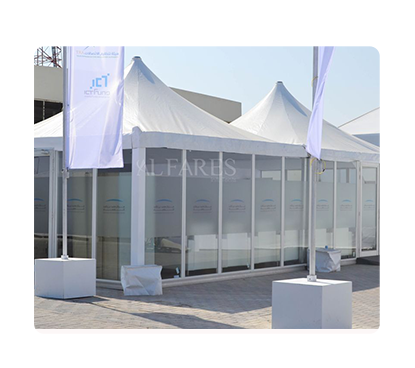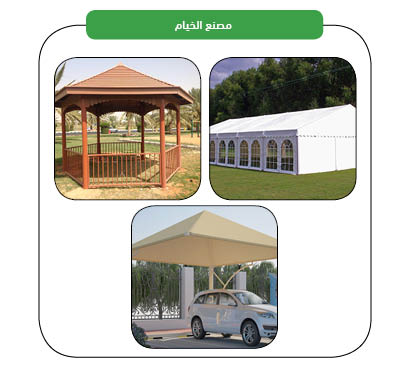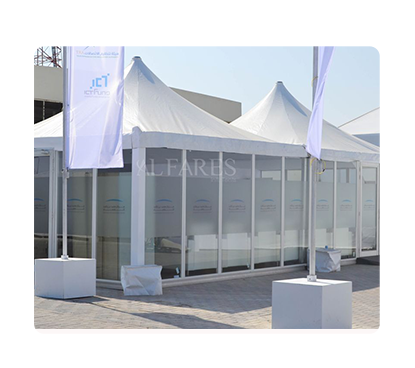The Kingdom of Saudi Arabia has paved the way for development with its ambitious Vision 2030, which aims at economic diversification, the renaissance of non-oil sectors and increasing the contribution of the private sector to GDP, and this can only be achieved through the renaissance of industry and mining as two main tributaries in major economies, and the Kingdom is determined to increase their participation in its GDP by about 15%. When talking about industry in the Kingdom, it should be noted that it was not born out of the moment, but rather it has been extended and rooted since the discovery of oil in the Kingdom in the late thirties of the last century. Over the decades, the Kingdom spared no effort to develop its industry; it established the Industrial Development Fund (1974), the Royal Commission for Jubail and Yanbu (1975), and SABIC in 1976. The roles and tasks undertaken by these institutions and the programs they worked on to grow the industrial sector and develop its performance and working mechanisms are no secret to anyone. As a result of the efforts exerted years ago in this direction, the number of factories in the Kingdom today has increased to more than 10,000 factories. We, Mashreq, believe in the importance of the industrial sector and its role in driving the economy, so we will present its most important indicators below so that anyone wishing to invest in it can be aware of them:
- The total number of factories in Saudi Arabia now reaches 10,138, including both operating factories and those under construction.
- The building materials industry holds the largest share of factories in the Kingdom, with 2,016 factories, followed by the metal industry with 1,705 factories.
- The number of food factories in the Kingdom reaches 1,445 factories.
- The plastic and rubber industry has 1,317 factories.
- The number of operating factories, according to the latest statistics, reaches 8,258 factories.
- The number of licensed workers in these operating factories reaches 967,119 workers.
- The capital of these operating factories reaches 1,214,762,000,000 SAR.
- The Riyadh region holds 39.4% of the total operating factories, with 3,255 factories.
- The Eastern Province holds 41.4% of the total capital of operating factories, amounting to 503,448,000,000 SAR.
- Medium-sized factories account for approximately 46.9% of the total number of operating factories
- The number of factories under construction is estimated at about 1,880.
- According to the latest available statistics, the number of licensed workers in factories under construction is 84,342 workers, and their capital is estimated at 67,264,000,000 SAR.
- Food products account for the largest number of factories under construction, with 249 factories (13.4%), followed by rubber and plastic products with 222 factories (11.9%).
- Small establishments account for 72.4% of the total number of factories under construction.
- The largest number of factories under construction is located within the geographical scope of Riyadh; Riyadh alone accounts for 43.9% of the total number of these factories, followed by the Eastern Region with a percentage exceeding 19.2%, and then the Makkah Al-Mukarramah Region with a percentage of 9.6%.





